Home>Ideas and Tips>How To Start A Kitchen Herb Garden With Minimal Supplies
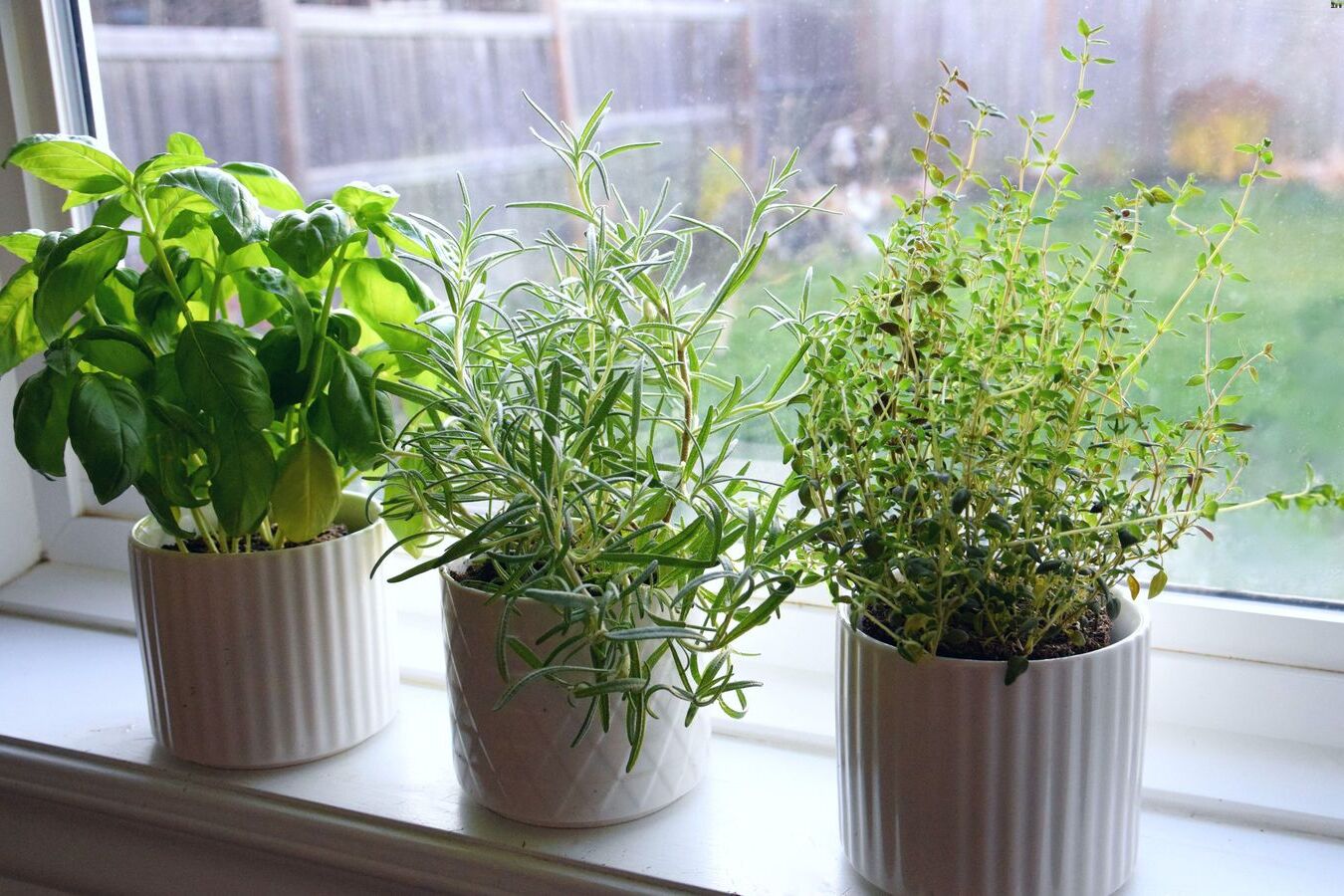

Ideas and Tips
How To Start A Kitchen Herb Garden With Minimal Supplies
Published: November 4, 2024
Learn how to start a thriving kitchen herb garden with minimal supplies. Get tips on location, soil, planting, and maintenance for fresh herbs year-round.
(Many of the links in this article redirect to a specific reviewed product. Your purchase of these products through affiliate links helps to generate commission for Storables.com, at no extra cost. Learn more)
Starting a kitchen herb garden is a fantastic way to boost your cooking game, add fresh flavors to your meals, and enjoy the calming benefits of gardening. Many folks think you need a lot of space, special tools, and a big budget to get started. But guess what? You don't! With just a few supplies, you can create a thriving herb garden right in your kitchen.
Choosing the Right Location
Picking the right spot for your kitchen herb garden is crucial. Herbs love full sun, needing at least 8 hours of direct sunlight daily. If your kitchen window gets plenty of sunlight, you're in luck. That's the perfect spot. But if your window only gets partial sunlight, don't worry. You can still grow herbs. You might just need to use grow lights to give them a little extra boost.
Read more: How To Start A Herb Garden
Selecting the Right Herbs
Not all herbs are the same when it comes to growing them. Some are easier to care for than others. Here are some of the best herbs for a kitchen garden:
- Basil: Super popular and easy to grow. Great for pesto and salads.
- Rosemary: Hardy and low-maintenance. Adds a nice fragrance to dishes.
- Chives: Easy to grow and adds a mild onion flavor. Perfect as a garnish.
- Thyme: Another hardy herb. Great for soups, stews, and roasted veggies.
- Mint: Versatile but can be invasive. Best to grow in a separate pot.
- Parsley: Slow-growing but worth it. Adds a fresh flavor to salads and as a garnish.
Preparing the Soil
Herbs need well-drained soil to avoid root rot. If your soil is clayey or rocky, you'll need to mix in some organic matter like compost, peat moss, or perlite. These materials help retain moisture without making the soil soggy.
When prepping your soil, mix in some compost. Compost gives essential nutrients and improves soil structure. You can buy compost from a garden store or make your own using kitchen scraps and yard waste.
Planting Herbs
Once your soil is ready and you've picked the right spot, it's time to plant your herbs. Here's how:
- Select Your Containers: Any container with drainage holes will do. Terra cotta pots, metal pots, even mason jars work. Just make sure they have holes to prevent waterlogged soil.
- Add Drainage Material: Put a layer of small pebbles or broken pottery at the bottom of your container. This helps with drainage.
- Fill with Soil: Fill your container with well-draining organic soil. Add 2 to 3 inches of compost on top.
- Plant Your Herbs: Plant your herbs, leaving enough space for them to grow. Basil and mint can be planted together, but mint needs to be kept in check.
- Water Regularly: Water your herbs regularly but don't overdo it. Herbs like moist soil, not soggy. Check the soil daily and water when it feels dry.
Tips for Growing Herbs Indoors
If you don't have a sunny kitchen spot, you can still grow herbs indoors. Here are some tips:
- Use Grow Lights: If your kitchen doesn't get direct sunlight, use grow lights. They provide the light spectrum herbs need.
- Choose the Right Soil Blend: Use a soil blend that drains well and includes compost for nutrients.
- Provide Good Air Circulation: Make sure your herbs have enough space to breathe. Avoid overcrowding.
- Monitor Temperature: Most herbs like daytime temps between 65°F to 75°F and nighttime temps around 55°F. Avoid placing your herb garden near heating vents or radiators.
- Keep Pests Away: Pests like spider mites, mealybugs, and aphids can harm your herbs. Use neem oil or insecticidal soap to keep them away.
Read more: A Beginner’s Guide To Indoor Herb Gardening
Propagating Herbs
One way to ensure a continuous supply of fresh herbs is by propagating them. Here's how:
- Buy Fresh Cut Herbs: Get fresh cut herbs from your local grocery store.
- Strip Lower Leaves: Remove the lower leaves from the stems, leaving only the top few inches.
- Cut Stems: Cut the stems at an angle and place them in a jar of water.
- Change Water Regularly: Change the water every few days to prevent bacterial growth.
- Plant in Soil: Once roots develop, plant the stems in potting soil.
Harvesting Herbs
Harvesting herbs is key to maintaining your kitchen herb garden. Here are some tips:
- Harvest at the Right Time: Pick herbs when they're at their peak flavor and aroma. Basil, for example, is best harvested when it has at least two sets of leaves.
- Use Scissors or Pinch Off: Use scissors or pinch off individual leaves to harvest without damaging the plant.
- Don’t Over-Harvest: Avoid over-harvesting as it can stress the plant and reduce its yield.
- Prune Regularly: Prune your herbs to encourage bushy growth and prevent them from flowering.
Common Mistakes to Avoid
Starting a kitchen herb garden can be rewarding, but it requires some know-how. Here are common mistakes to avoid:
- Overwatering: Herbs like moist soil, not soggy. Overwatering is a common mistake.
- Underwatering: Underwatering can harm your herbs too. Check the soil daily and water when it feels dry.
- Poor Soil Quality: Poor soil can lead to root rot and other problems. Use well-draining organic soil and add compost.
- Insufficient Light: Herbs need enough light to grow well. If your kitchen doesn't get direct sunlight, use grow lights or move your garden to a sunnier spot.
- Pests and Diseases: Pests like spider mites, mealybugs, and aphids can harm your herbs. Use neem oil or insecticidal soap. Regularly inspect your plants for signs of disease like yellowing leaves or black spots.
Conclusion
Starting a kitchen herb garden with minimal supplies is easier than you think. By choosing the right location, selecting the right herbs, preparing the soil properly, planting your herbs correctly, and following some simple tips for growing them indoors or outdoors, you can enjoy fresh herbs all year round. Remember to avoid common mistakes like overwatering or poor soil quality to ensure healthy growth and continuous harvests. With these tips in mind, you'll be well on your way to creating a thriving kitchen herb garden that enhances your cooking experience and adds fresh flavors to your dishes.
Was this page helpful?
At Storables.com, we guarantee accurate and reliable information. Our content, validated by Expert Board Contributors, is crafted following stringent Editorial Policies. We're committed to providing you with well-researched, expert-backed insights for all your informational needs.
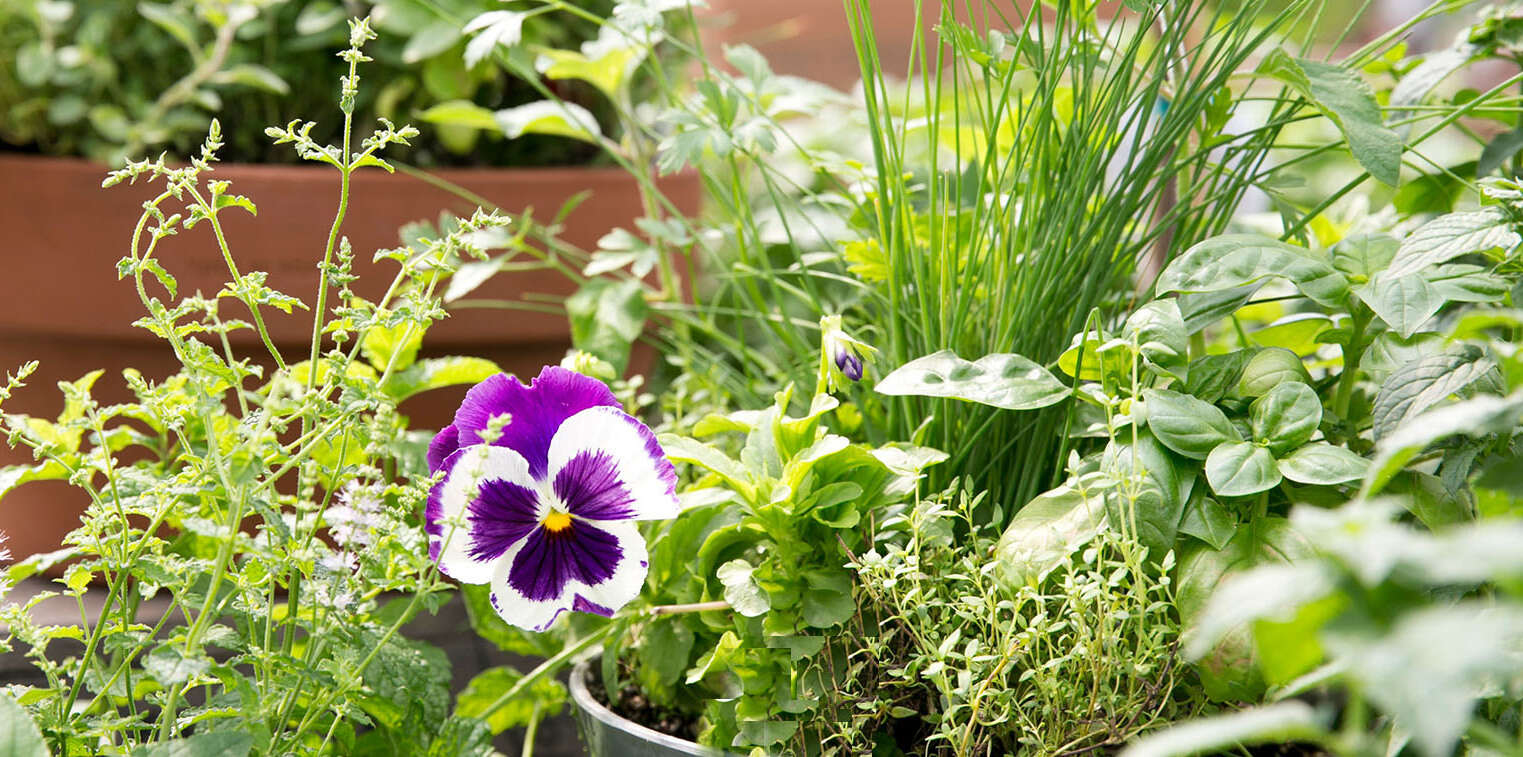
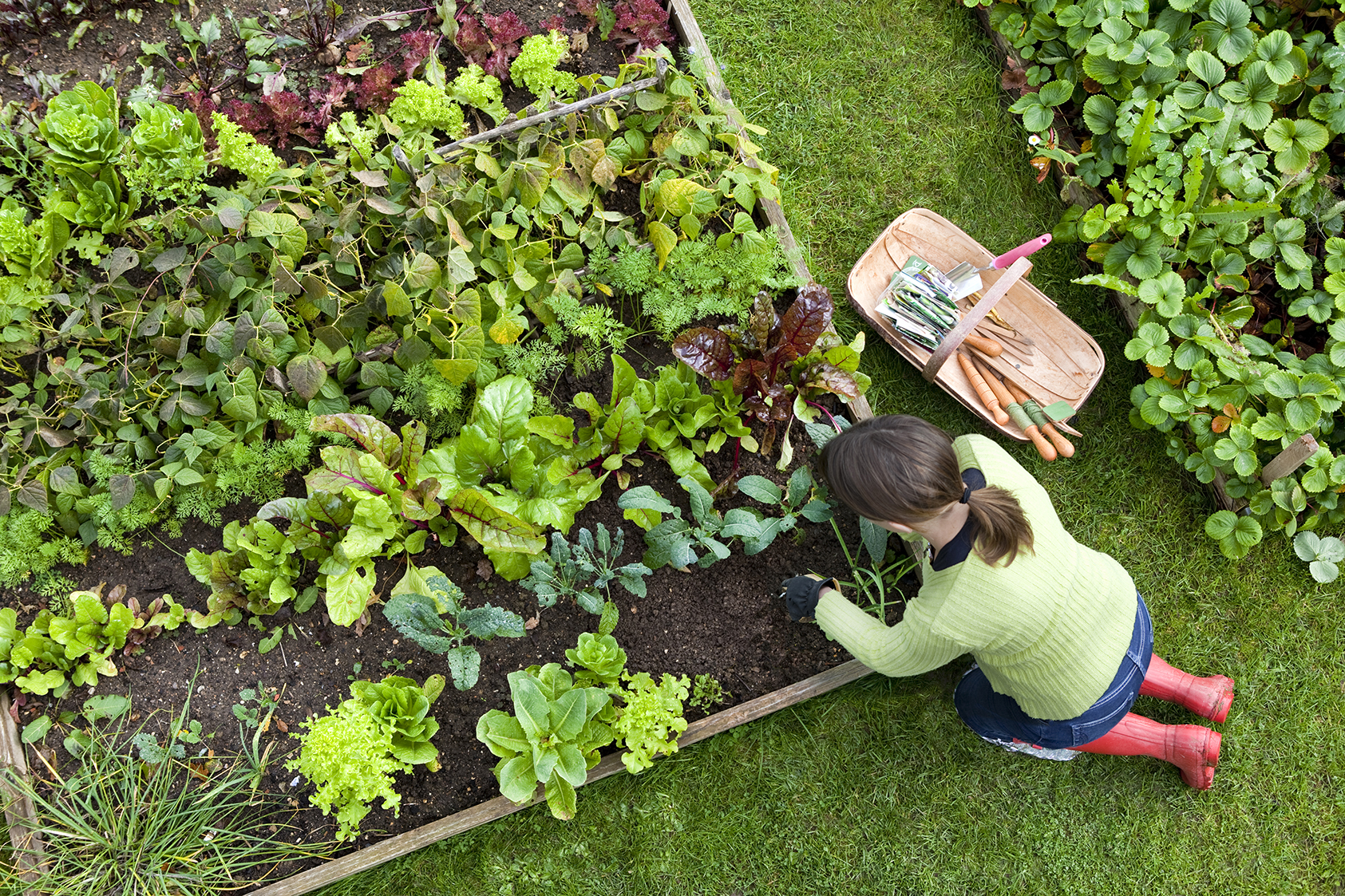
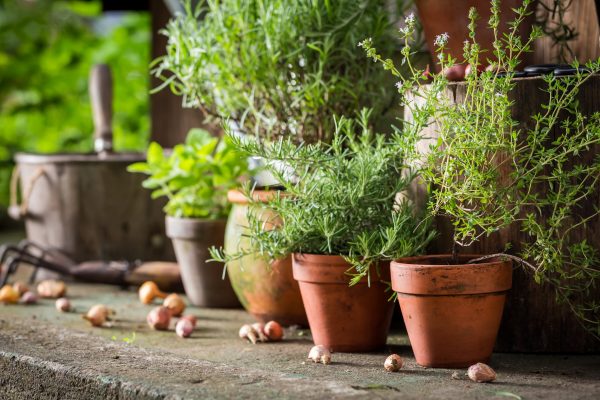
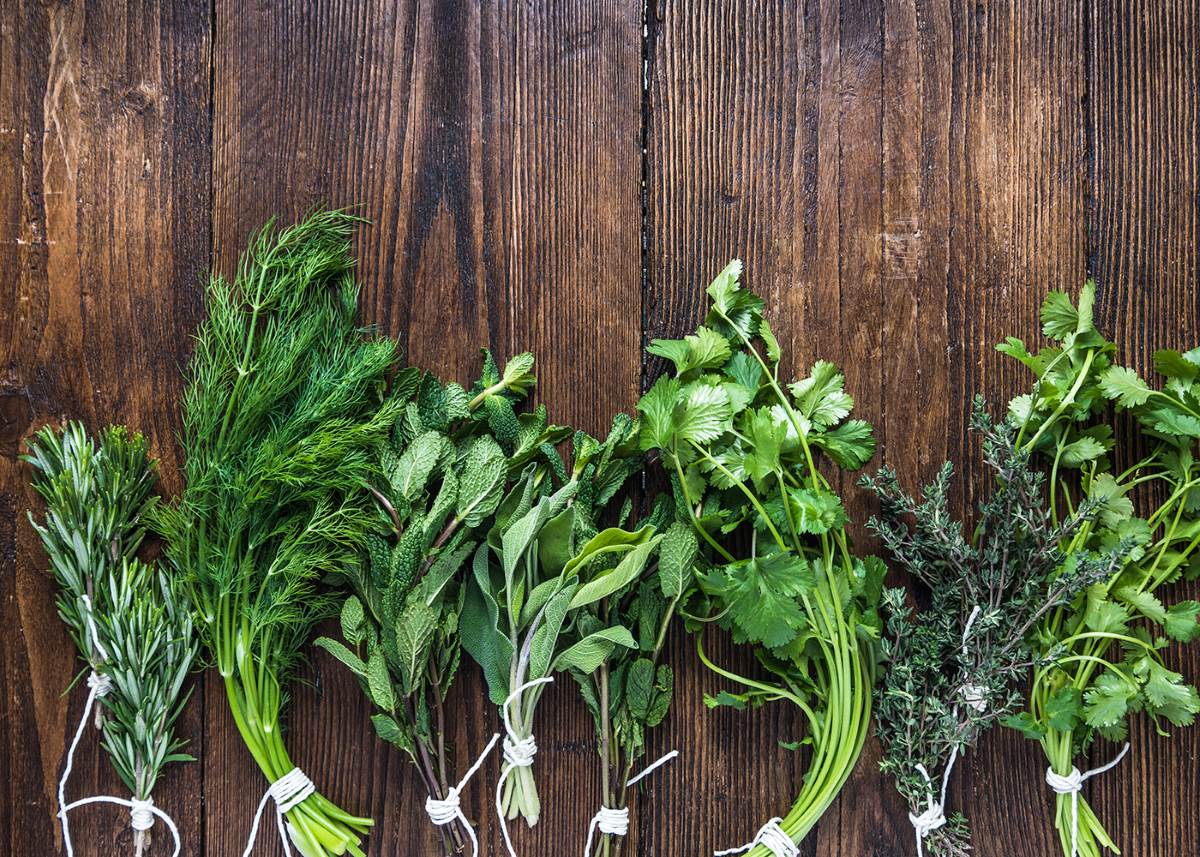
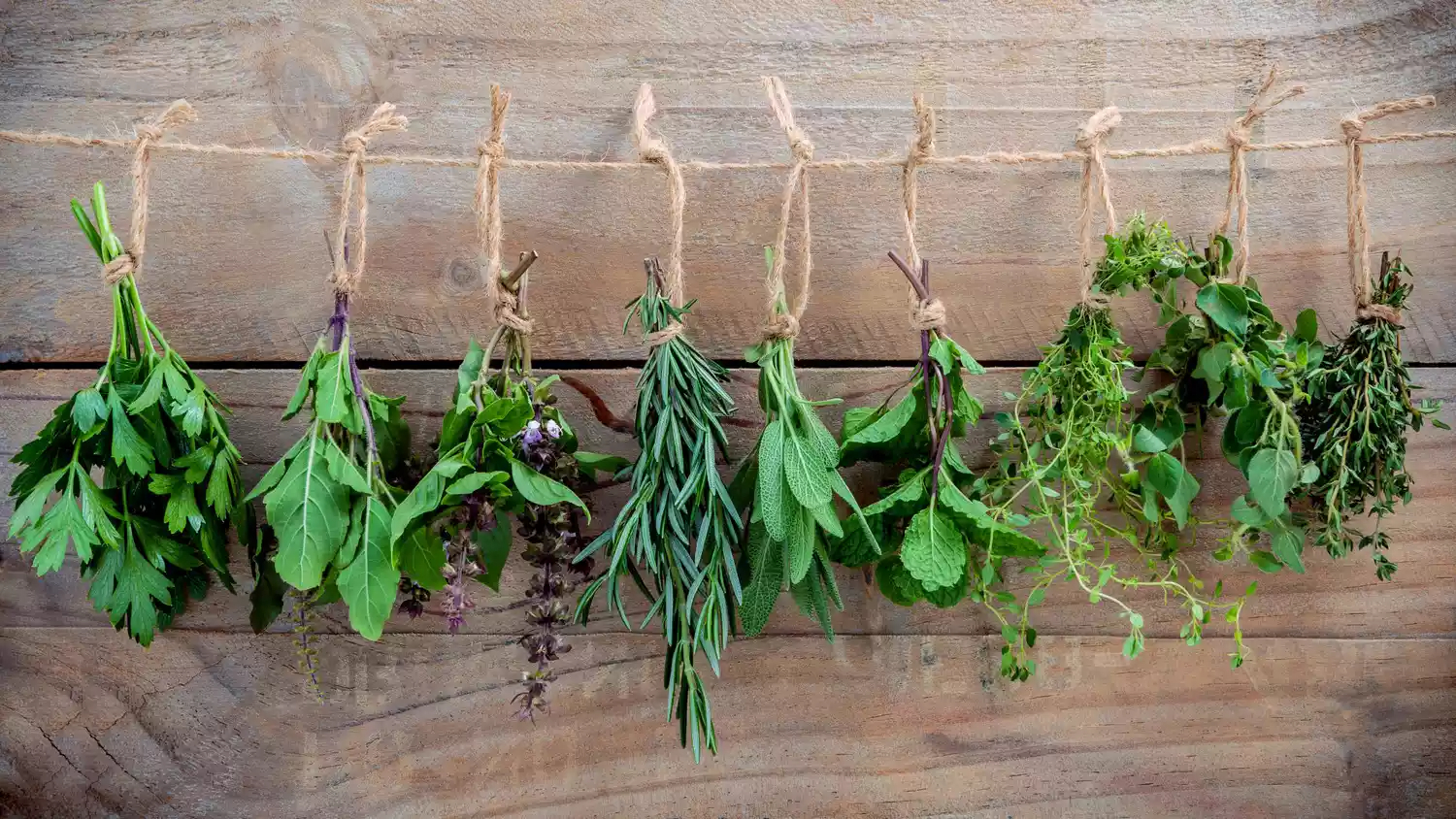
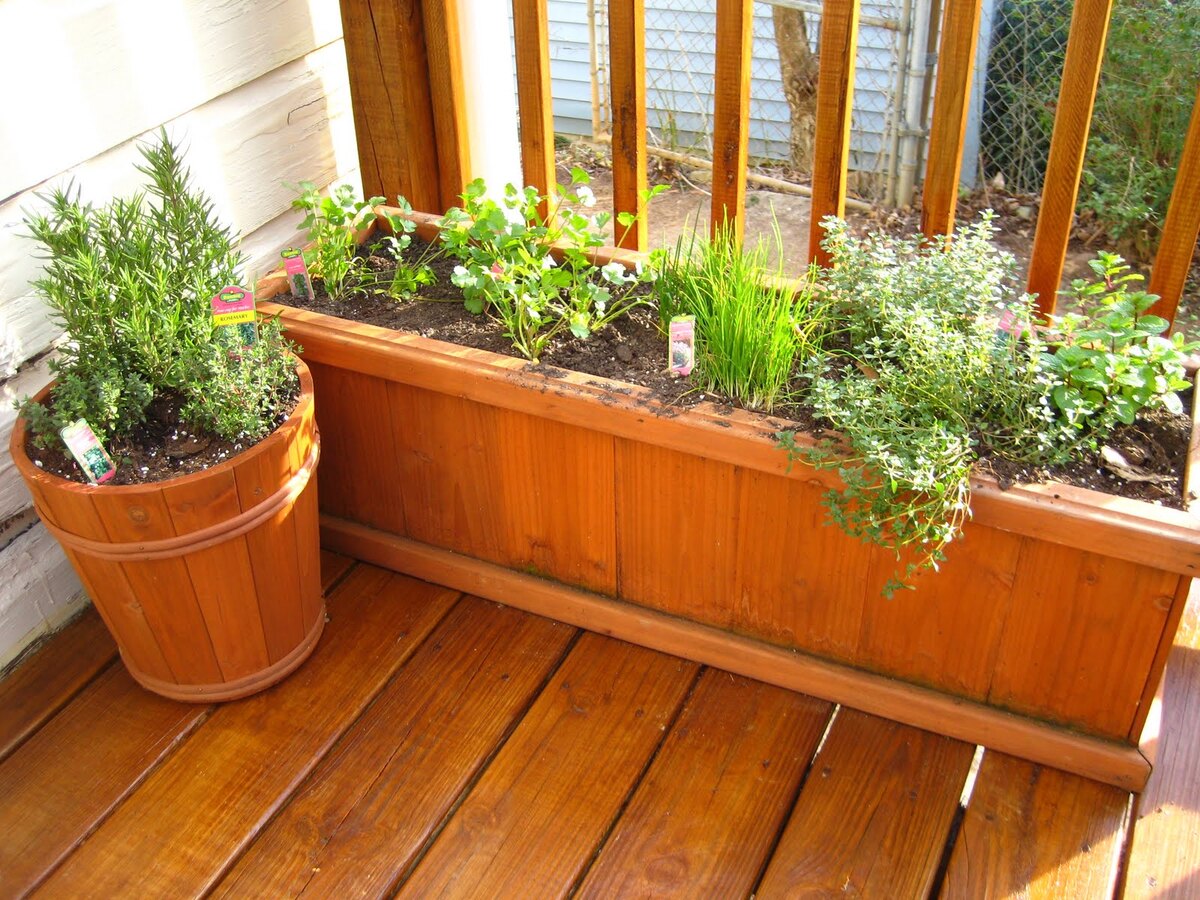
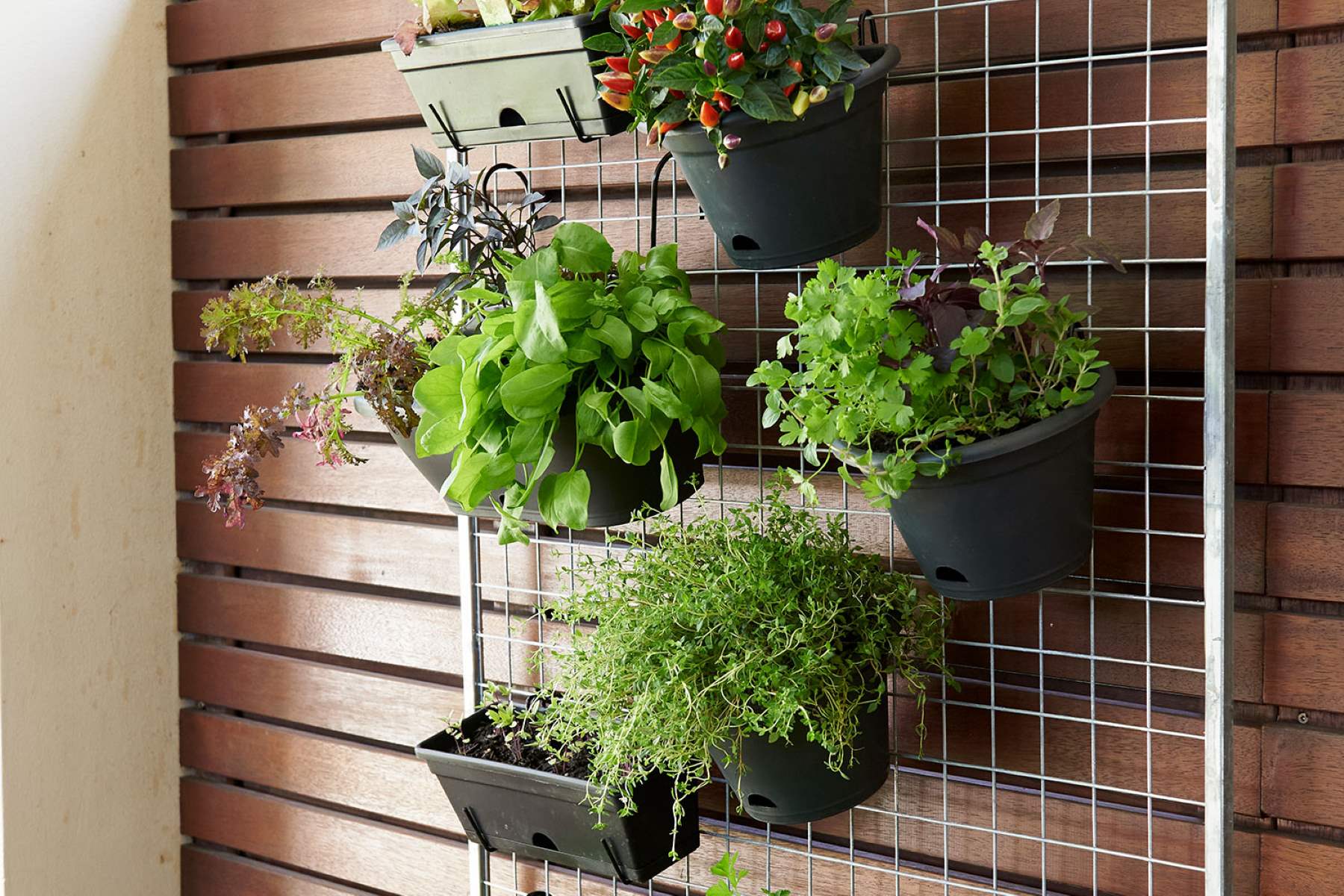
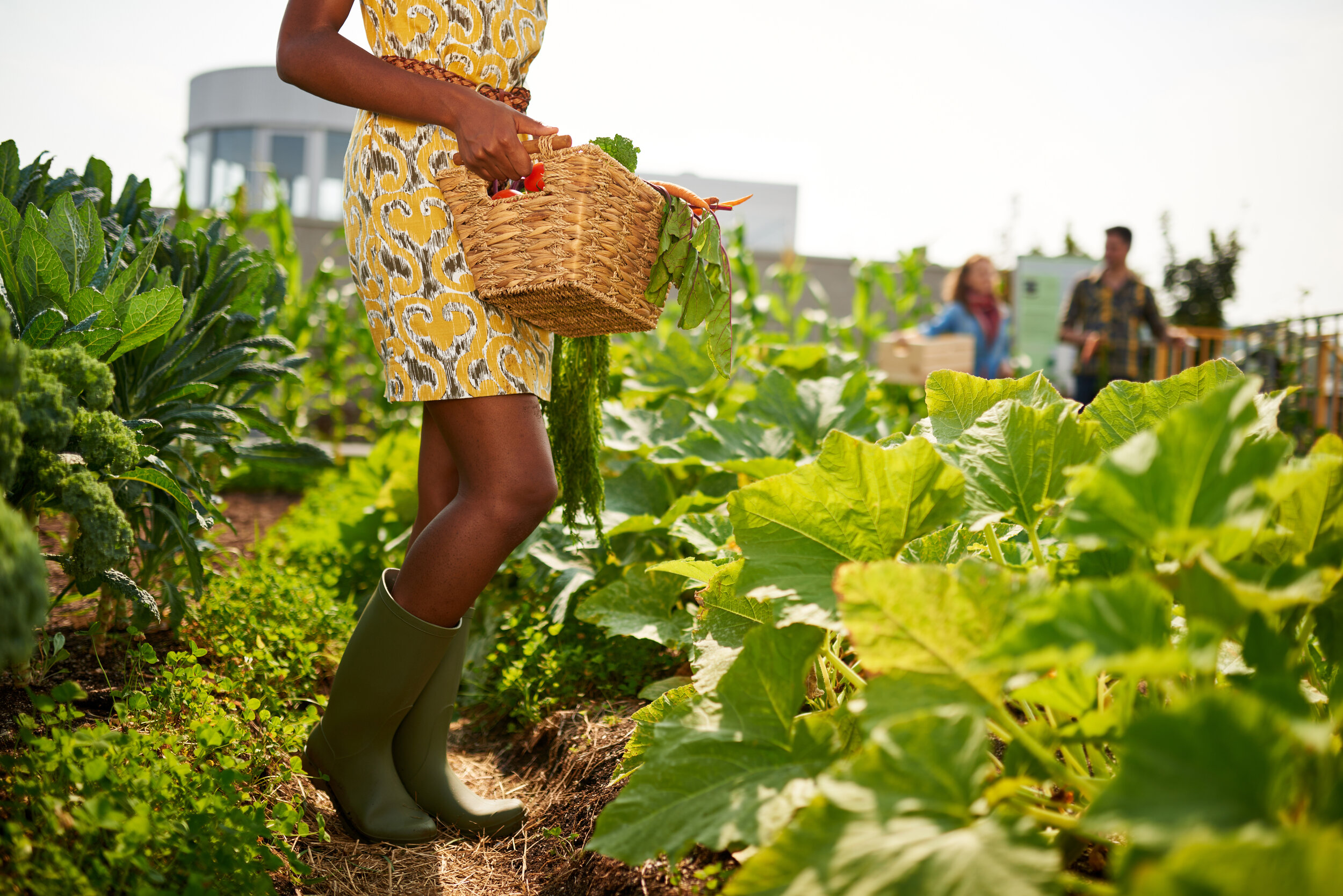
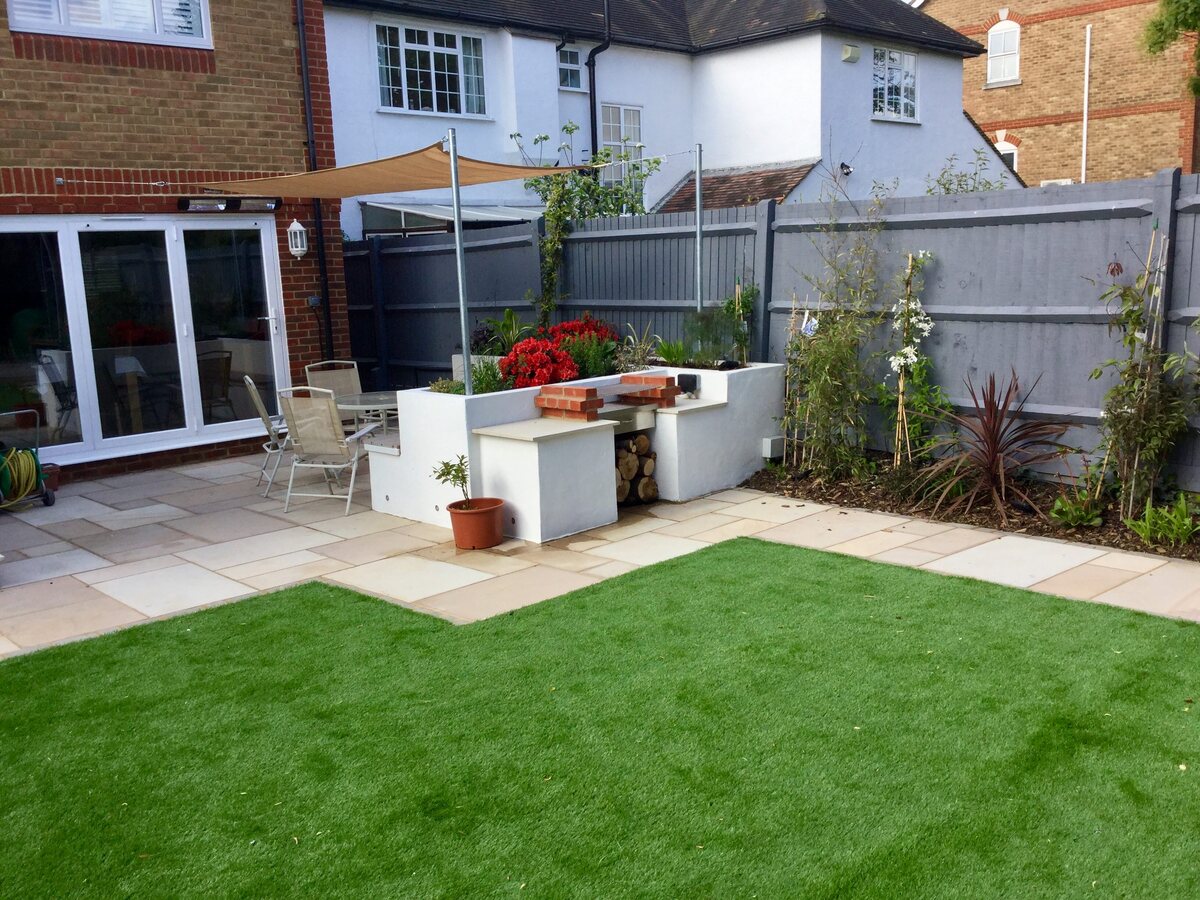
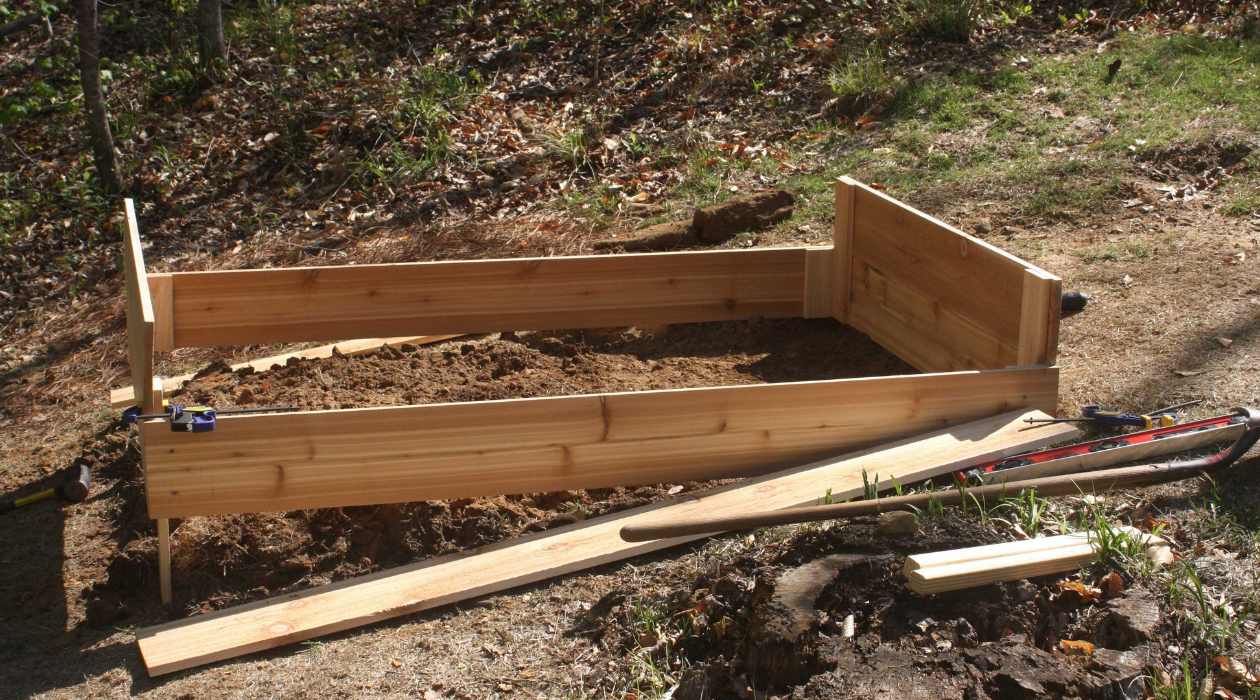
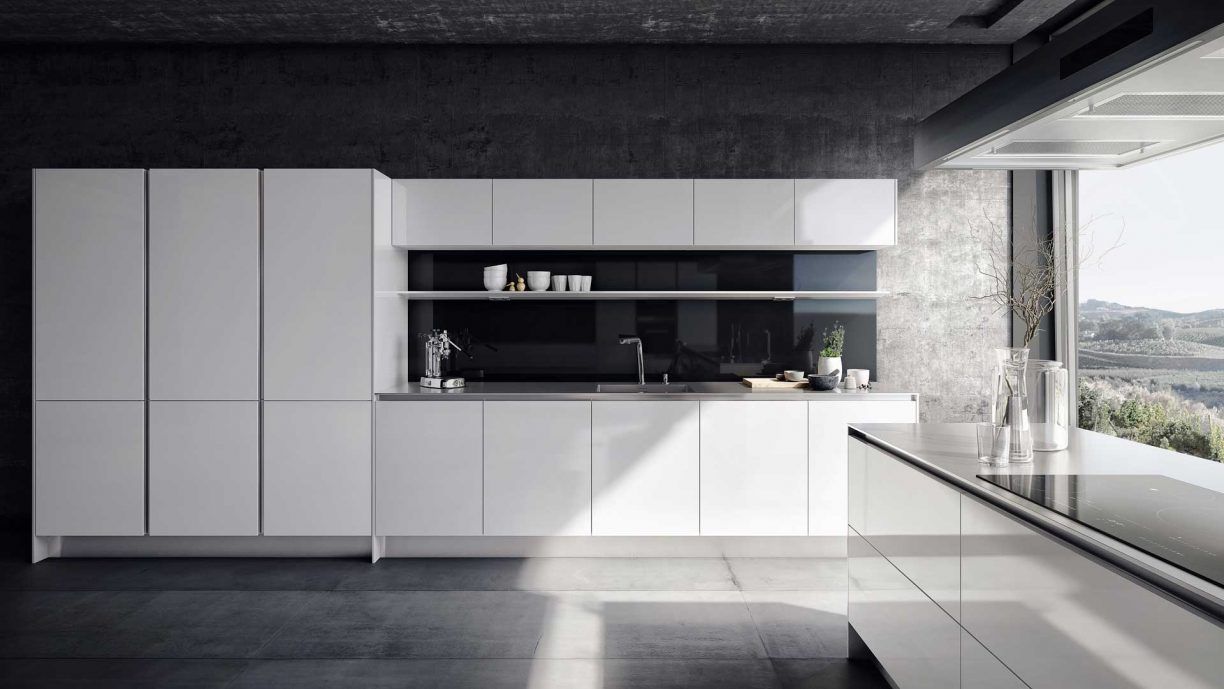
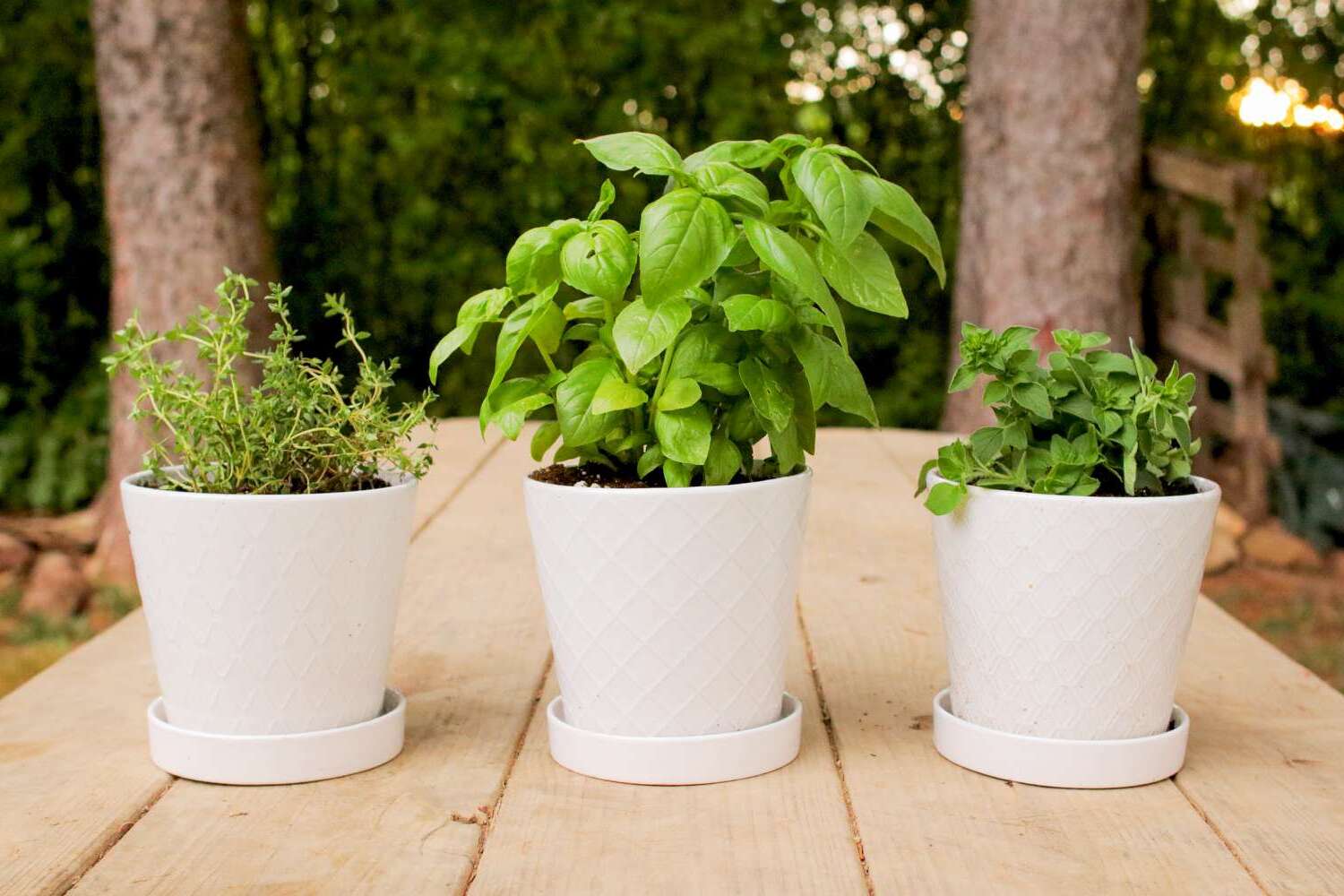
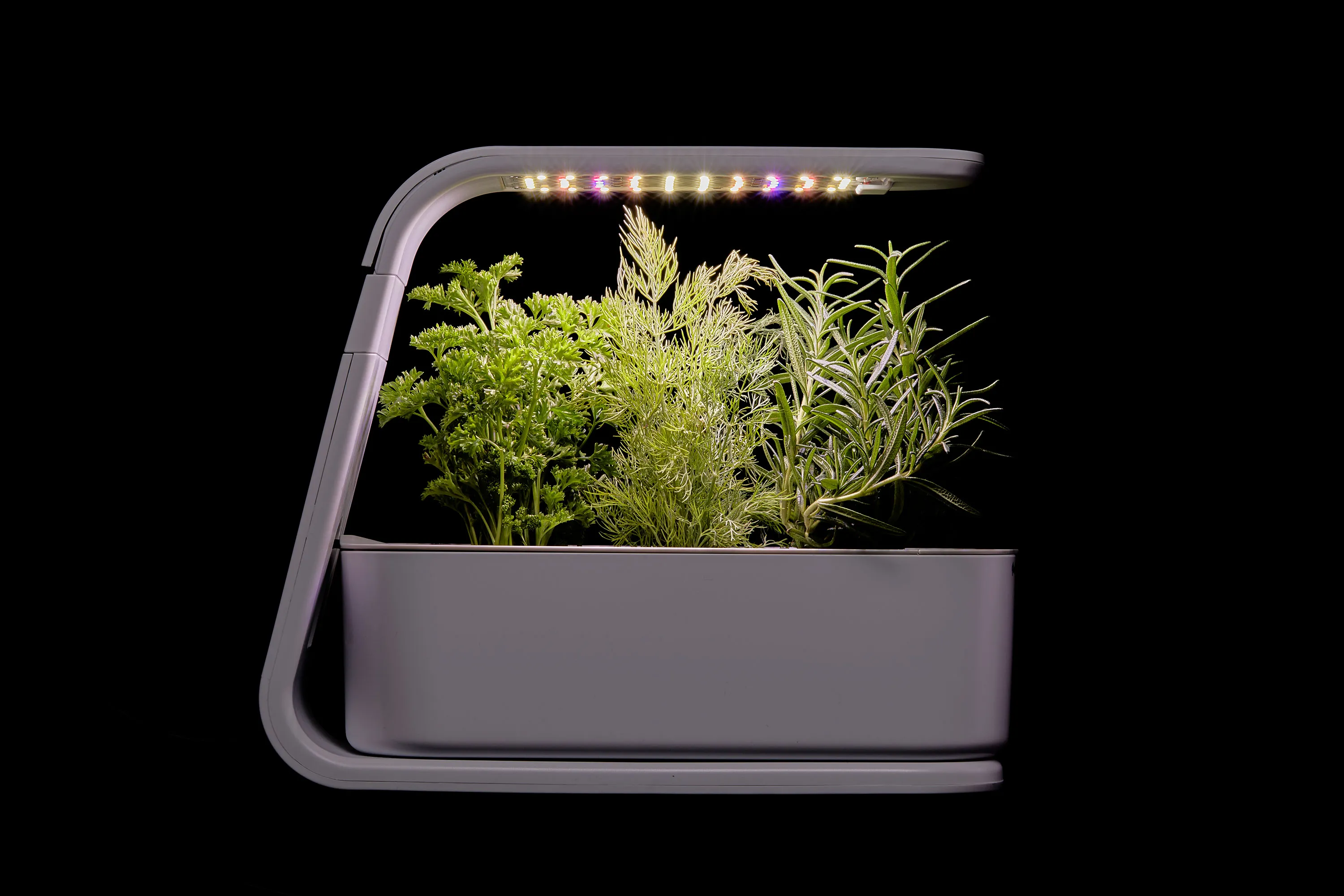
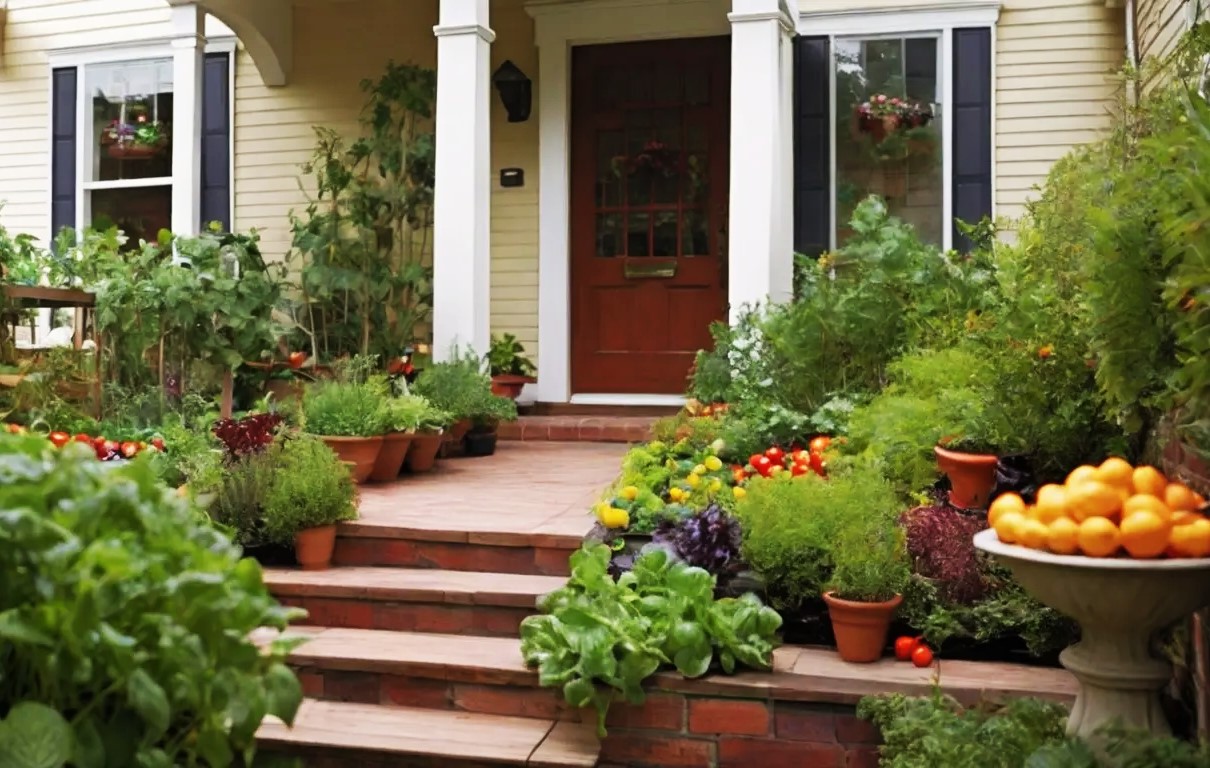

0 thoughts on “How To Start A Kitchen Herb Garden With Minimal Supplies”